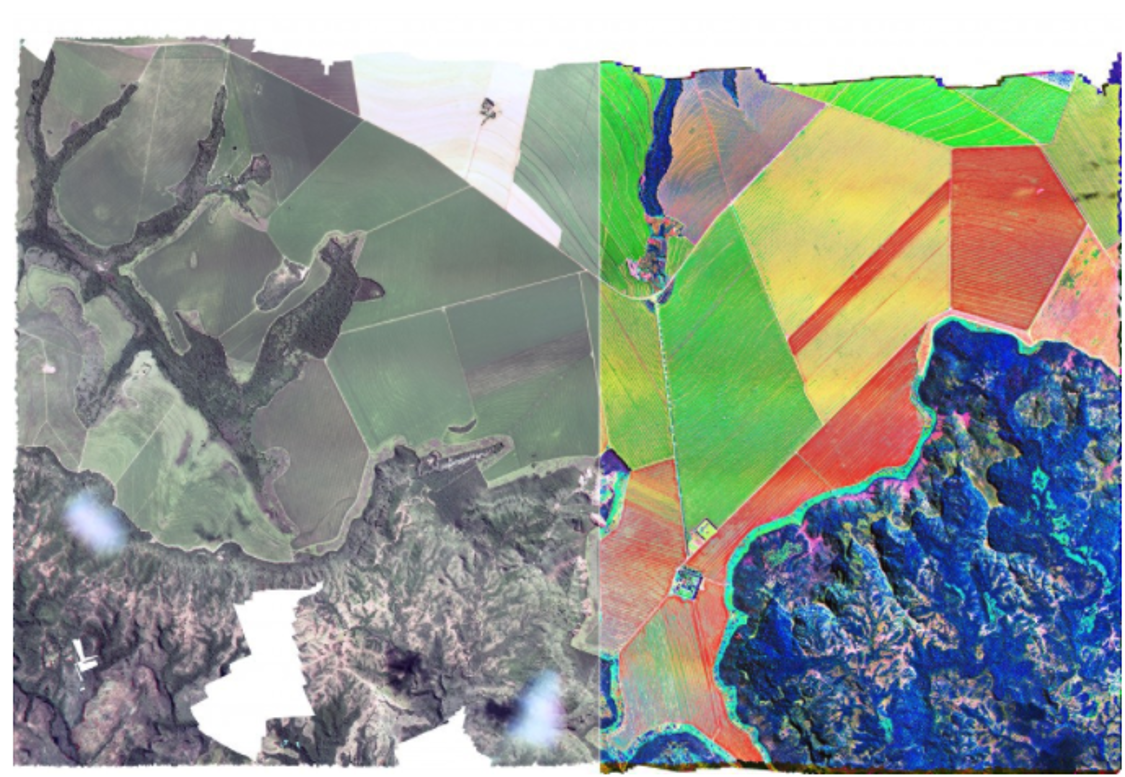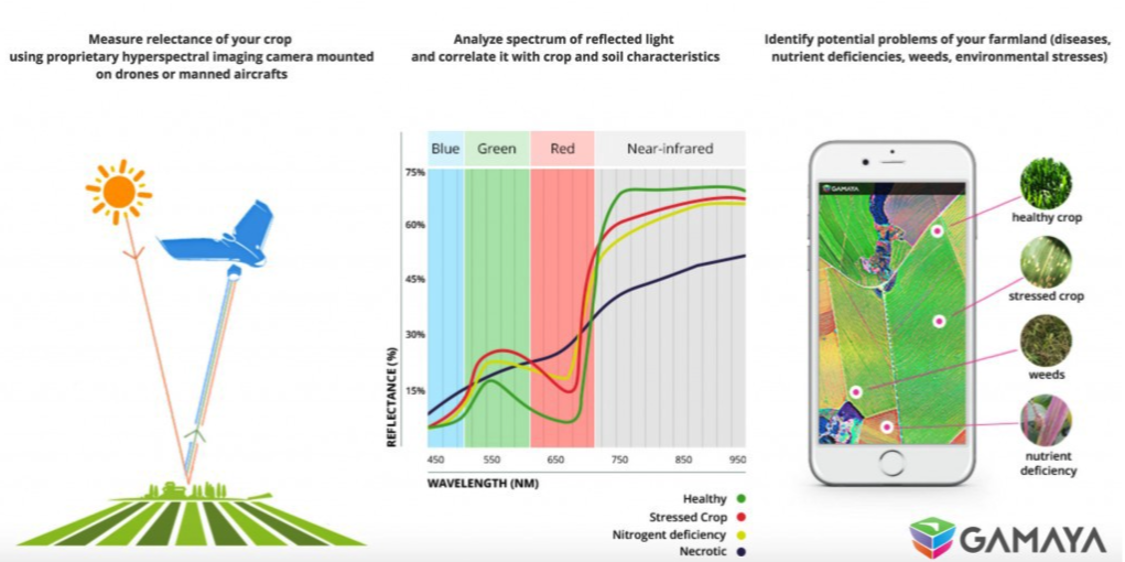
Smart Farming Relies on Custom Optical Systems
In Andover’s continuing series of blogs on our served markets, we look at how optics technology is impacting agriculture.
Agriculture is at a unique point in its history. The demand for food continues to increase with world population, while at the same time multiple factors are negatively impacting production. These include climate change on available farmland and water, labor shortages, and limitations on the use of agricultural chemicals. Fortunately, various technologies are once again providing solutions, and optics is one of these.
Agriculture has traditionally been a labor-intensive industry, made more difficult to manage by the highly variable demand cycle (driven by seasonal and daily weather fluctuations) and the physical job requirements. Smart Farming is an emerging concept that refers to using a holistic technology approach improve yields, reduce labor & chemical costs, and improve working conditions. Artificial intelligence (AI) serves as the integrating function, and whereas optics plays a key role from large scale (mapping) to small scale (product grading) applications.
Drones in Agriculture
Drones with optical sensors play a considerable role in smart farming. Not only can drones monitor crops by flying over fields, but they take over a lot of the work previously requiring human labor. This is a huge step towards addressing the labor shortage in today’s market. The use of drones in agriculture is a year-round solution of remote monitoring and in the end, helps farmers maximize productivity. Drones are equipped with optical sensors and cameras used for imaging, mapping, and surveying farmland. From the collected drone data, insights can be drawn regarding:
- Monitoring crop health, livestock, and soil conditions
- Optimizing farm security and surveillance
- Adjusting fertilizer and pesticide usage
- Plant counting and yield production
Optical Sensors Used in Agriculture
The above is achieved through spectral imaging, which in this case, is the detection of light reflected by crops. It is broadly used in agriculture and smart farming because it’s accurate, flexible and a large amount of data can be gathered. More specifically, multispectral imaging technology uses Green, Red, Red-Edge and Near Infrared band pass filters to capture invisible and visible images of crops and vegetation. Hyperspectral imaging is similar to multispectral imaging but has higher detection capabilities that can help to tackle complex problems including weeds, pests, and diseases. Below you’ll see an image comparing multispectral imaging vs. hyperspectral imaging.

Figure 1.0 Multispectral Imaging (left) vs. Hyperspectral Imaging (right) (Source: Gamaya)
Our human eyes are only able to see 400nm to 700nm, known as the visible light spectrum, recognizing colors ranging from red to violet. Multispectral and hyperspectral imaging are important because wavelengths can be shorter or longer than those within our visible eyesight and although we’re unable to see them, they reveal characteristics of the land and vegetation which is insightful for agriculture workers.
The multispectral and hyperspectral images integrate with software applications to output the gathered information into meaningful data. Below is a visual depiction to outline the process of an arial drone collecting farm data through multispectral imaging.

Figure 2.0 Example of hyperspectral imaging process in agriculture (Source: Gamaya)
Optical Devices in Agriculture
These optical sensors aren’t limited to just drones, but are often placed on vehicles, arial platforms and even satellites. They record and measure data about crops and soil in real time using light reflectance. These sensors measure various frequencies of light reflectivity in the near-infrared, mid-infrared, and polarized light spectrums. Optical sensors are being used in ways that increase overall farm efficiency and offset the labor deficit in the agriculture industry.

Figure 3.0 Optical sensors are also being in the harvesting and grading of farm products. Driverless tractors have recently been introduced by J.I. Case, John Deere and other manufacturers which employ optical guidance systems.

Figure 4.0 Automated fruit harvesting and grading employing optical sensors to determine ripeness and quality have been in use for over 3 years.
It is evident that the use of optical sensors and artificial intelligence has improved the agriculture industry abundantly and will continue to do so. With the help of smart farming, farmers can now overcome age-old challenges by working with Andover to adopt new technologies including optical sensors, robotics, and artificial intelligence to vastly improve their processes and increase their revenue.
Resources:
https://www.cropin.com/smart-farming/
https://www.automate.org/blogs/improving-soil-management-with-agricultural-optical-sensors
https://medium.com/remote-sensing-in-agriculture/hyperspectral-imaging-in-agriculture-befa83cafaa7
https://www.wpr.org/farming-remains-one-most-dangerous-jobs-america
